Define Our Future
15 March 2024

Starship on the platform in 2023 (SpaceX)
After receiving a last minute FAA license, SpaceX on Thursday carried out their third demonstration launch of Starship, with the ship this time making it into sub-orbital space, at around 200km altitude.
The launch was considered another iterative success, building on SpaceX’s “fail fast, learn faster” motto. The launch took place at 13:25 GMT and took Starship into space, where to reached orbital speed for the first time, around 25,000 kph. The super heavy booster separated successfully, and attempted a soft landing in the ocean, but was destroyed about halfway down.
Starship went on to carry-out two significant tests while in sub-orbit, which were the opening and closing of the payload doors, simulating the delivery of payloads such as Starink satellites, and making an internal fuel transfer while in space. It then made its journey back to Earth, but was lost as it neared its splashdown in the Indian Ocean. SpaceX will celebrate much about their third demonstration, and take another significant step towards again revolutionising access to space.
Also, a maybe lesser know startup, Stratolaunch (US), carried out their first flight of their Talon hypersonic vehicle. The Talon-A (TA-1) was carried using the parent aircraft, named Roc. Once at altitude, and off the Californian coast, TA-1 was released and achieved its main objectives. Although the altitude and speed were not specified, it was announced that after release the main engine ignited and gained sustained acceleration, after which it decelerated and descended to splashdown in the ocean.
Their approach can be likened to Virgin Galactic, who also incorporate the use of a parent carrier. Stratolaunch have plans beyond TA-1, with their next steps to test TA-2, a reusable Hypersonic vehicle scheduled for testing next year. The company is also modifying a Boeing 747 it purchased from bankrupted Virgin Orbit to be used as a space-launch platform.
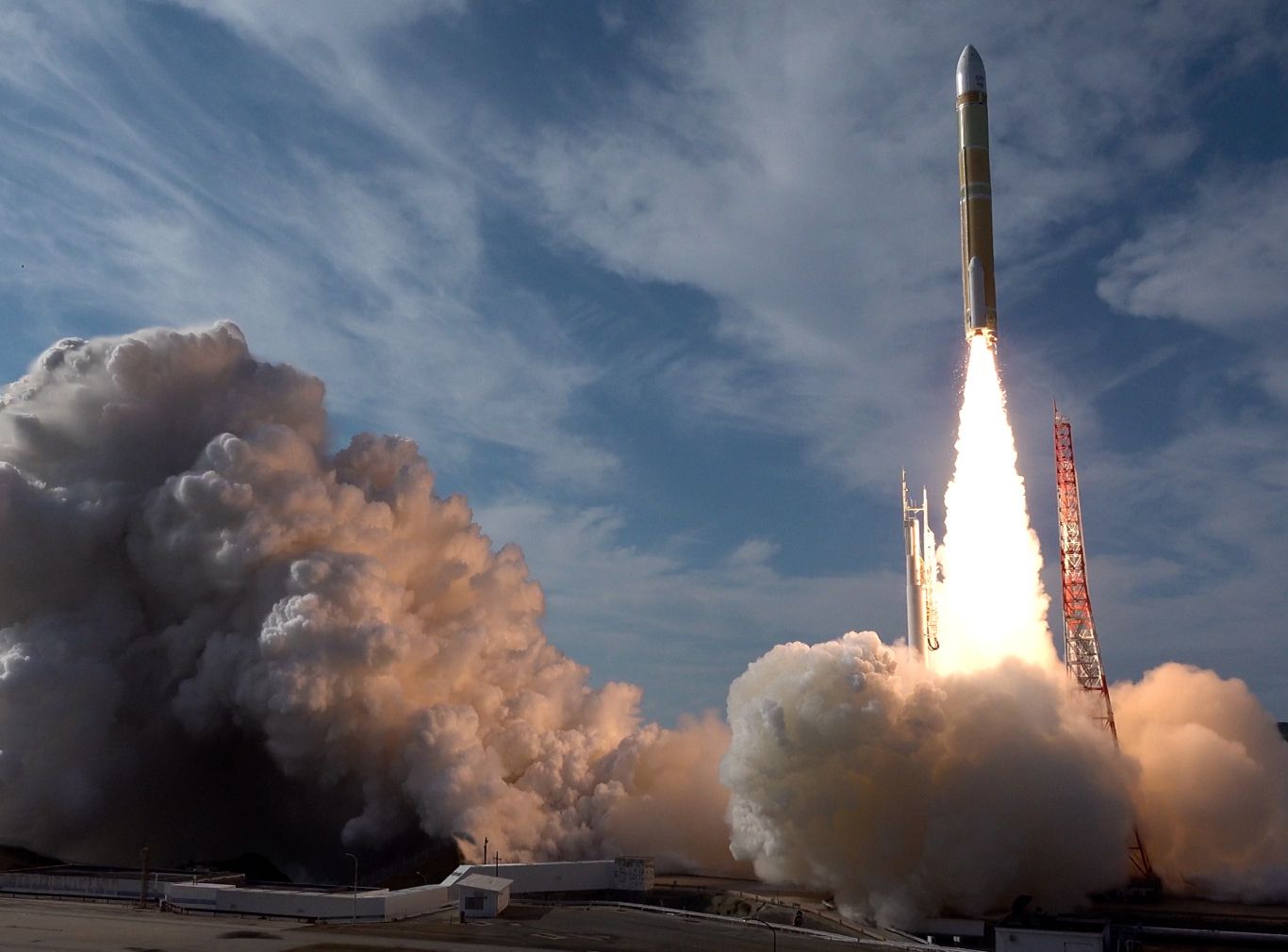
Japan's H3 rocket (Jaxa)
Japan investment and growth of New Space powers
In an indication of how the space industry is expanding, this week Japan announced a significant industry boost in order to develop its position in an industry expected to be valued at over $1 trillion by 2030, according to CoherentMI. A ten year $6.7 billion fund for JAXA (the Japanese Space Agency) was approved by the government, and will be used to support technology development and commercialisation.
Japan are looking to build on their independence and autonomy in space, and the strategy is also being used as a measure to stimulate their economy. Yui Nakama, a global fellow at the European Space Policy Institute (ESPI), while speaking to Space News said that “As a national strategy to overcome economic downturns, both (security and civilian) space domains are considered as frontiers where market expansion is anticipated, alongside being crucial areas for national security.”
Noticing and utilising the booming space industry as a measure to stimulate the economy is something being implemented in other nations, such as the UK, and moreover they are mobilising the commercial sector to fuel this growth.
The fund will support private companies and universities in technology development, and one strategic outcome will be to achieve around 30 agency and commercial rocket launches per year by the start of the next decade.
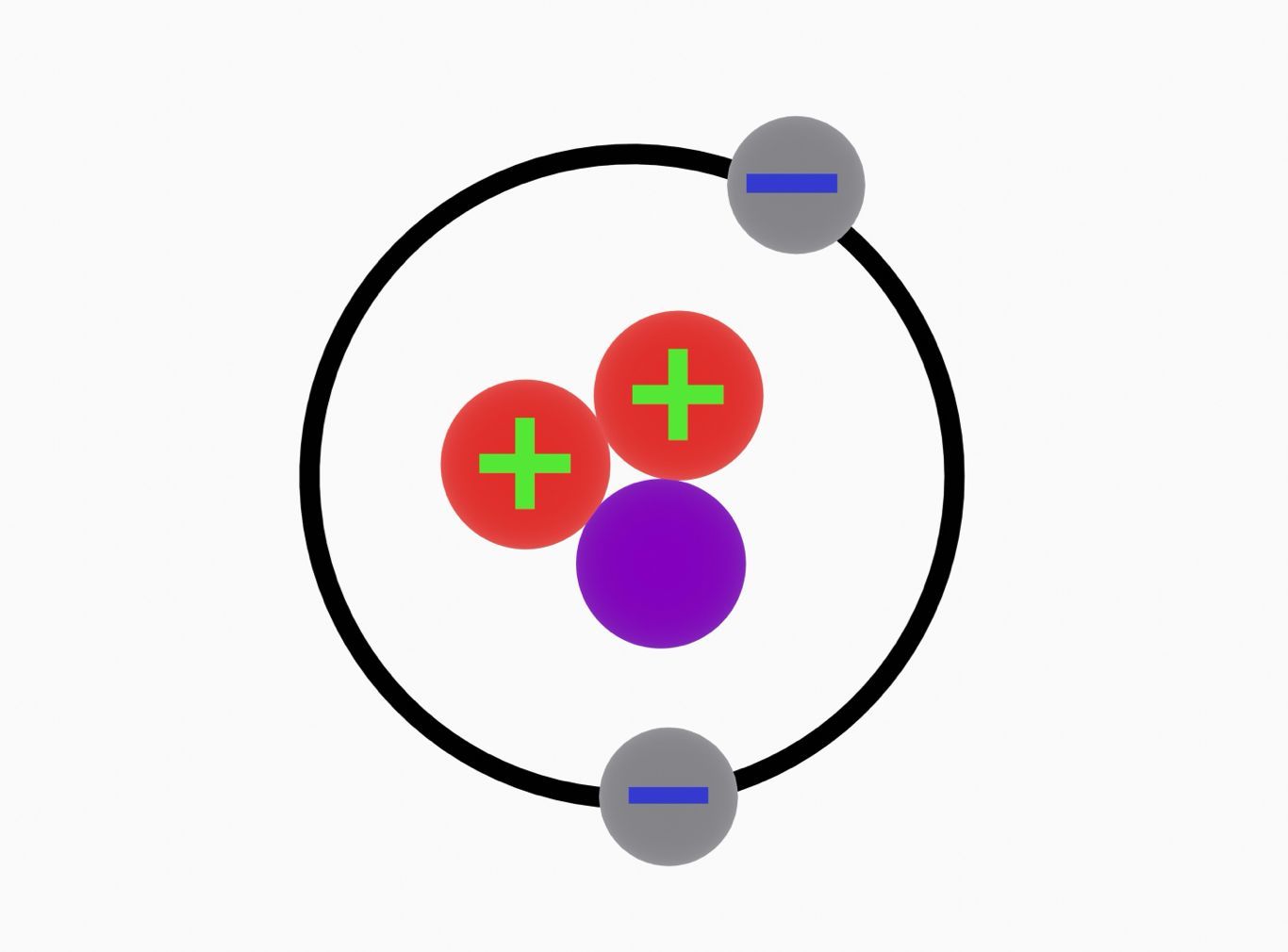
Helium-3 isotope (Adobe)
Startup Interlune announces plans to retrieve Helium-3 from lunar soil
While immediate plans to enter and benefit from the space industry may lie in rocket launches and meeting the growing demand for satellite technology, more entities are anticipating the expansion of the next whitespace in the space industry, the lunar economy. Attention was brought to this recently with the first successful commercial landing mission from Intuitive Machines (US).
Currently, the main customers supporting this economy are national agencies, namely NASA, who pay commercial partners for lunar services, such as under their Commercial Lunar Payloads Services (CLPS) programme.
Additionally, last year the US Defence Advanced Research Projects Agency (DARPA) announced a research plan to develop a scalable infrastructure on the Moon, with the vision of supporting a commercial lunar economy within 10 years. Under this plan DARPA have selected 14 companies to carry out research projects, such as Blue Origin’s “Blue Alchemist” technology to produce solar cells on the Moon, and Sierra Space’s project to extract oxygen from lunar soil.
A new avenue for expansion of lunar economy?
However, one US startup has this week received funding to develop plans to source customers away from only NASA, building on a vision to truly expand the new lunar economy. Interlune, founded by former Blue Origin employees, is aiming to harvest and return Helium-3 for earthbound purposes, an idea that is being developed by other startups such as Singapore-based Qosmosys (who gained a significant $100 million funding boost in October last year).
Interlune’s plan involves extracting Helium-3 from lunar regolith, and by 2030 to “start to operationalize and return quantities of helium-3 to support the markets on Earth,” according to founder Rob Meyerson. While mining the isotope for energy uses is not a new idea, it has also been questioned in regards to its immediate economic benefit. Helium-3 could be used in the process of producing fusion energy, and could provide Earth with a solution to meet its ever-increasing energy demands. However, fusion technology is in its early stages and was only recently successfully demonstrated (in producing surplus energy) by the Lawrence Livermore Laboratory in December 2022.
Yet Interlune claim that there can also be short-term benefits as well. Meyerson says that there is already considerable demand to use Helium-3 for superconducting quantum computing as well as for medical imaging. The company are working towards a demonstration launch in 2026, followed by a pilot plant by 2028.
Retrieving and utilising space resources may arrive sooner than we think. In the wake of growing interest in the Moon, and a lunar infrastructure under development, we may see a new wave of opportunities emerge in the new commercial age.
Define Our Future

(Adobe)
15 March 2024
Starship and Stratolaunch attempt flight, Japan significantly boost space sector, Interlune Helium-3 lunar mining plans - Space News Roundup

After receiving a last minute FAA license, SpaceX on Thursday carried out their third demonstration launch of Starship, with the ship this time making it into sub-orbital space, at around 200km altitude.
The launch was considered another iterative success, building on SpaceX’s “fail fast, learn faster” motto. The launch took place at 13:25 GMT and took Starship into space, where to reached orbital speed for the first time, around 25,000 kph. The super heavy booster separated successfully, and attempted a soft landing in the ocean, but was destroyed about halfway down.
Starship went on to carry-out two significant tests while in sub-orbit, which were the opening and closing of the payload doors, simulating the delivery of payloads such as Starink satellites, and making an internal fuel transfer while in space. It then made its journey back to Earth, but was lost as it neared its splashdown in the Indian Ocean. SpaceX will celebrate much about their third demonstration, and take another significant step towards again revolutionising access to space.
Also, a maybe lesser know startup, Stratolaunch (US), carried out their first flight of their Talon hypersonic vehicle. The Talon-A (TA-1) was carried using the parent aircraft, named Roc. Once at altitude, and off the Californian coast, TA-1 was released and achieved its main objectives. Although the altitude and speed were not specified, it was announced that after release the main engine ignited and gained sustained acceleration, after which it decelerated and descended to splashdown in the ocean.
Their approach can be likened to Virgin Galactic, who also incorporate the use of a parent carrier. Stratolaunch have plans beyond TA-1, with their next steps to test TA-2, a reusable Hypersonic vehicle scheduled for testing next year. The company is also modifying a Boeing 747 it purchased from bankrupted Virgin Orbit to be used as a space-launch platform.
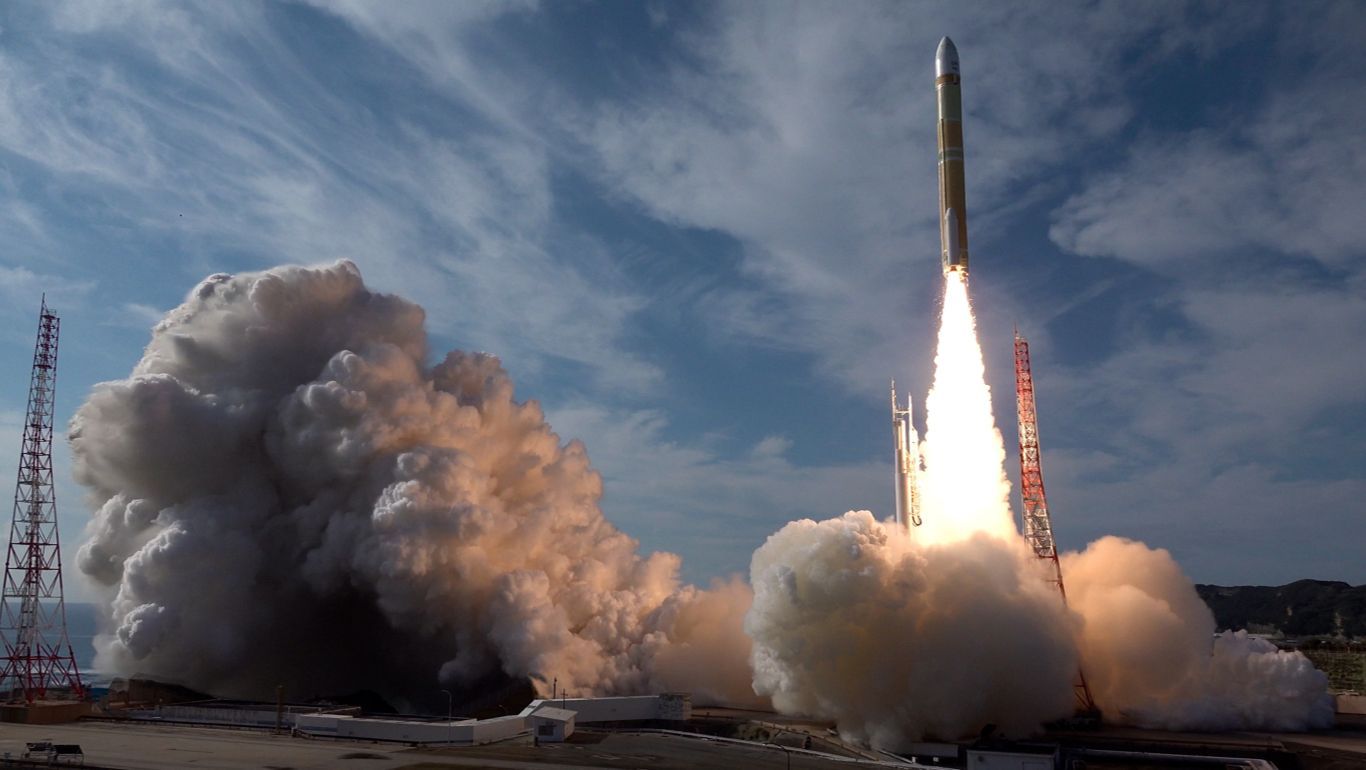
Japan's H3 rocket (Adobe)
Japan investment and growth of New Space powers
In an indication of how the space industry is expanding, this week Japan announced a significant industry boost in order to develop its position in an industry expected to be valued at over $1 trillion by 2030, according to CoherentMI. A ten year $6.7 billion fund for JAXA (the Japanese Space Agency) was approved by the government, and will be used to support technology development and commercialisation.
Japan are looking to build on their independence and autonomy in space, and the strategy is also being used as a measure to stimulate their economy. Yui Nakama, a global fellow at the European Space Policy Institute (ESPI), while speaking to Space News said that “As a national strategy to overcome economic downturns, both (security and civilian) space domains are considered as frontiers where market expansion is anticipated, alongside being crucial areas for national security.”
Noticing and utilising the booming space industry as a measure to stimulate the economy is something being implemented in other nations, such as the UK, and moreover they are mobilising the commercial sector to fuel this growth.
The fund will support private companies and universities in technology development, and one strategic outcome will be to achieve around 30 agency and commercial rocket launches per year by the start of the next decade.
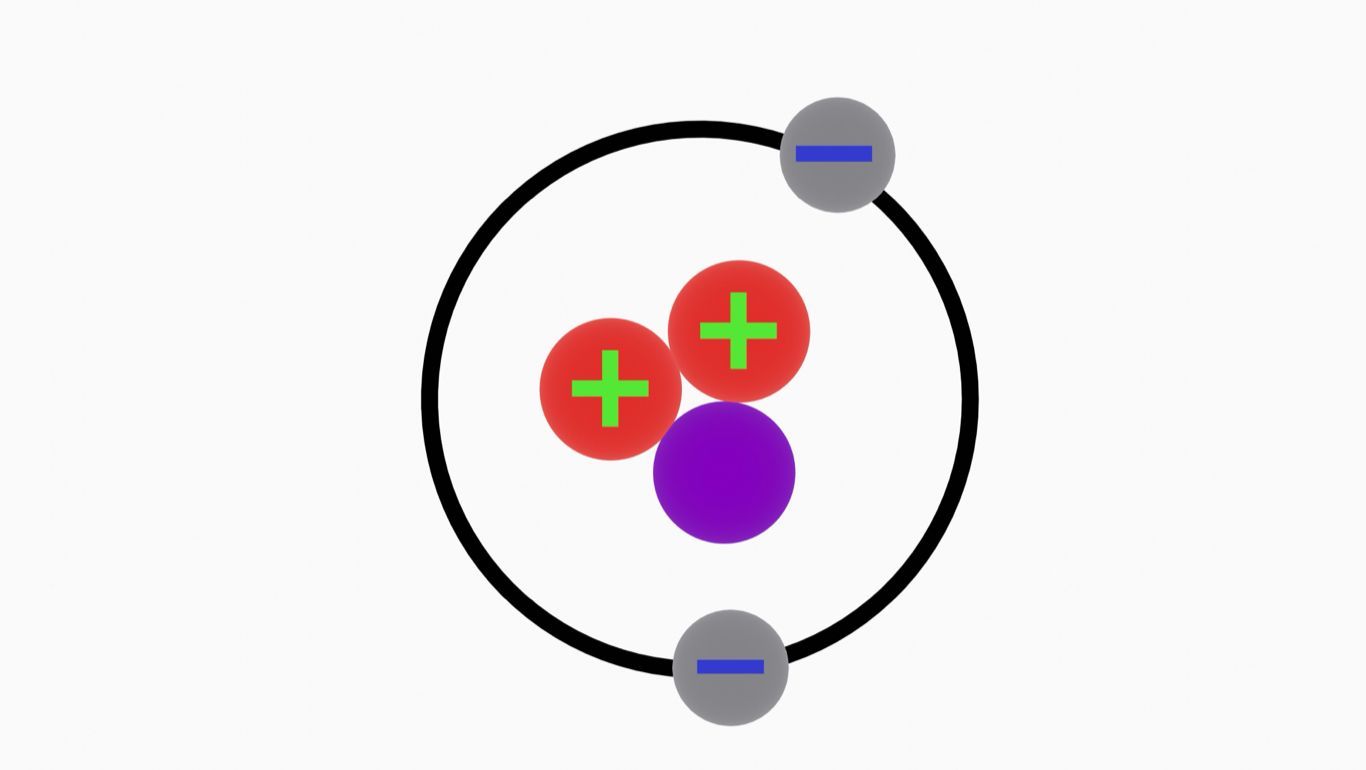
Helium-3 isotope(Adobe)
Startup Interlune announces plans to retrieve Helium-3 from lunar soil
While immediate plans to enter and benefit from the space industry may lie in rocket launches and meeting the growing demand for satellite technology, more entities are anticipating the expansion of the next whitespace in the space industry, the lunar economy. Attention was brought to this recently with the first successful commercial landing mission from Intuitive Machines (US).
Currently, the main customers supporting this economy are national agencies, namely NASA, who pay commercial partners for lunar services, such as under their Commercial Lunar Payloads Services (CLPS) programme.
Additionally, last year the US Defence Advanced Research Projects Agency (DARPA) announced a research plan to develop a scalable infrastructure on the Moon, with the vision of supporting a commercial lunar economy within 10 years. Under this plan DARPA have selected 14 companies to carry out research projects, such as Blue Origin’s “Blue Alchemist” technology to produce solar cells on the Moon, and Sierra Space’s project to extract oxygen from lunar soil.
A new avenue for expansion of lunar economy?
However, one US startup has this week received funding to develop plans to source customers away from only NASA, building on a vision to truly expand the new lunar economy. Interlune, founded by former Blue Origin employees, is aiming to harvest and return Helium-3 for earthbound purposes, an idea that is being developed by other startups such as Singapore-based Qosmosys (who gained a significant $100 million funding boost in October last year).
Interlune’s plan involves extracting Helium-3 from lunar regolith, and by 2030 to “start to operationalize and return quantities of helium-3 to support the markets on Earth,” according to founder Rob Meyerson. While mining the isotope for energy uses is not a new idea, it has also been questioned in regards to its immediate economic benefit. Helium-3 could be used in the process of producing fusion energy, and could provide Earth with a solution to meet its ever-increasing energy demands. However, fusion technology is in its early stages and was only recently successfully demonstrated (in producing surplus energy) by the Lawrence Livermore Laboratory in December 2022.
Yet Interlune claim that there can also be short-term benefits as well. Meyerson says that there is already considerable demand to use Helium-3 for superconducting quantum computing as well as for medical imaging. The company are working towards a demonstration launch in 2026, followed by a pilot plant by 2028.
Retrieving and utilising space resources may arrive sooner than we think. In the wake of growing interest in the Moon, and a lunar infrastructure under development, we may see a new wave of opportunities emerge in the new commercial age.
Share this article
15 March 2024
Starship and Stratolaunch attempt flight, Japan significantly boost space sector, Interlune Helium-3 lunar mining plans - Space News Roundup


Starship on the platform in 2023 (SpaceX)
After receiving a last minute FAA license, SpaceX on Thursday carried out their third demonstration launch of Starship, with the ship this time making it into sub-orbital space, at around 200km altitude.
The launch was considered another iterative success, building on SpaceX’s “fail fast, learn faster” motto. The launch took place at 13:25 GMT and took Starship into space, where to reached orbital speed for the first time, around 25,000 kph. The super heavy booster separated successfully, and attempted a soft landing in the ocean, but was destroyed about halfway down.
Starship went on to carry-out two significant tests while in sub-orbit, which were the opening and closing of the payload doors, simulating the delivery of payloads such as Starink satellites, and making an internal fuel transfer while in space. It then made its journey back to Earth, but was lost as it neared its splashdown in the Indian Ocean. SpaceX will celebrate much about their third demonstration, and take another significant step towards again revolutionising access to space.
Also, a maybe lesser know startup, Stratolaunch (US), carried out their first flight of their Talon hypersonic vehicle. The Talon-A (TA-1) was carried using the parent aircraft, named Roc. Once at altitude, and off the Californian coast, TA-1 was released and achieved its main objectives. Although the altitude and speed were not specified, it was announced that after release the main engine ignited and gained sustained acceleration, after which it decelerated and descended to splashdown in the ocean.
Their approach can be likened to Virgin Galactic, who also incorporate the use of a parent carrier. Stratolaunch have plans beyond TA-1, with their next steps to test TA-2, a reusable Hypersonic vehicle scheduled for testing next year. The company is also modifying a Boeing 747 it purchased from bankrupted Virgin Orbit to be used as a space-launch platform.
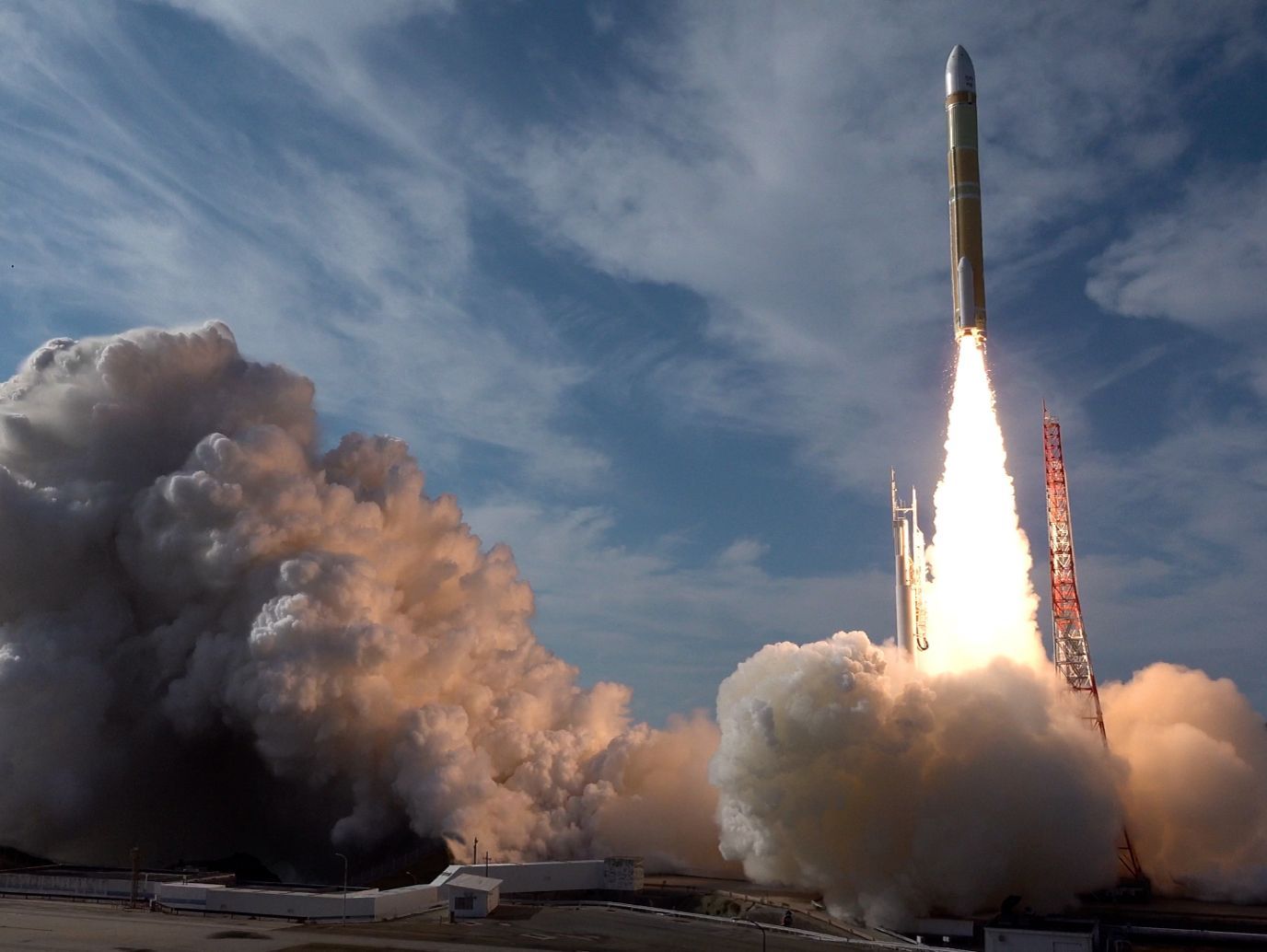
Japan's H3 rocket (Jaxa)
Japan investment and growth of New Space powers
In an indication of how the space industry is expanding, this week Japan announced a significant industry boost in order to develop its position in an industry expected to be valued at over $1 trillion by 2030, according to CoherentMI. A ten year $6.7 billion fund for JAXA (the Japanese Space Agency) was approved by the government, and will be used to support technology development and commercialisation.
Japan are looking to build on their independence and autonomy in space, and the strategy is also being used as a measure to stimulate their economy. Yui Nakama, a global fellow at the European Space Policy Institute (ESPI), while speaking to Space News said that “As a national strategy to overcome economic downturns, both (security and civilian) space domains are considered as frontiers where market expansion is anticipated, alongside being crucial areas for national security.”
Noticing and utilising the booming space industry as a measure to stimulate the economy is something being implemented in other nations, such as the UK, and moreover they are mobilising the commercial sector to fuel this growth.
The fund will support private companies and universities in technology development, and one strategic outcome will be to achieve around 30 agency and commercial rocket launches per year by the start of the next decade.
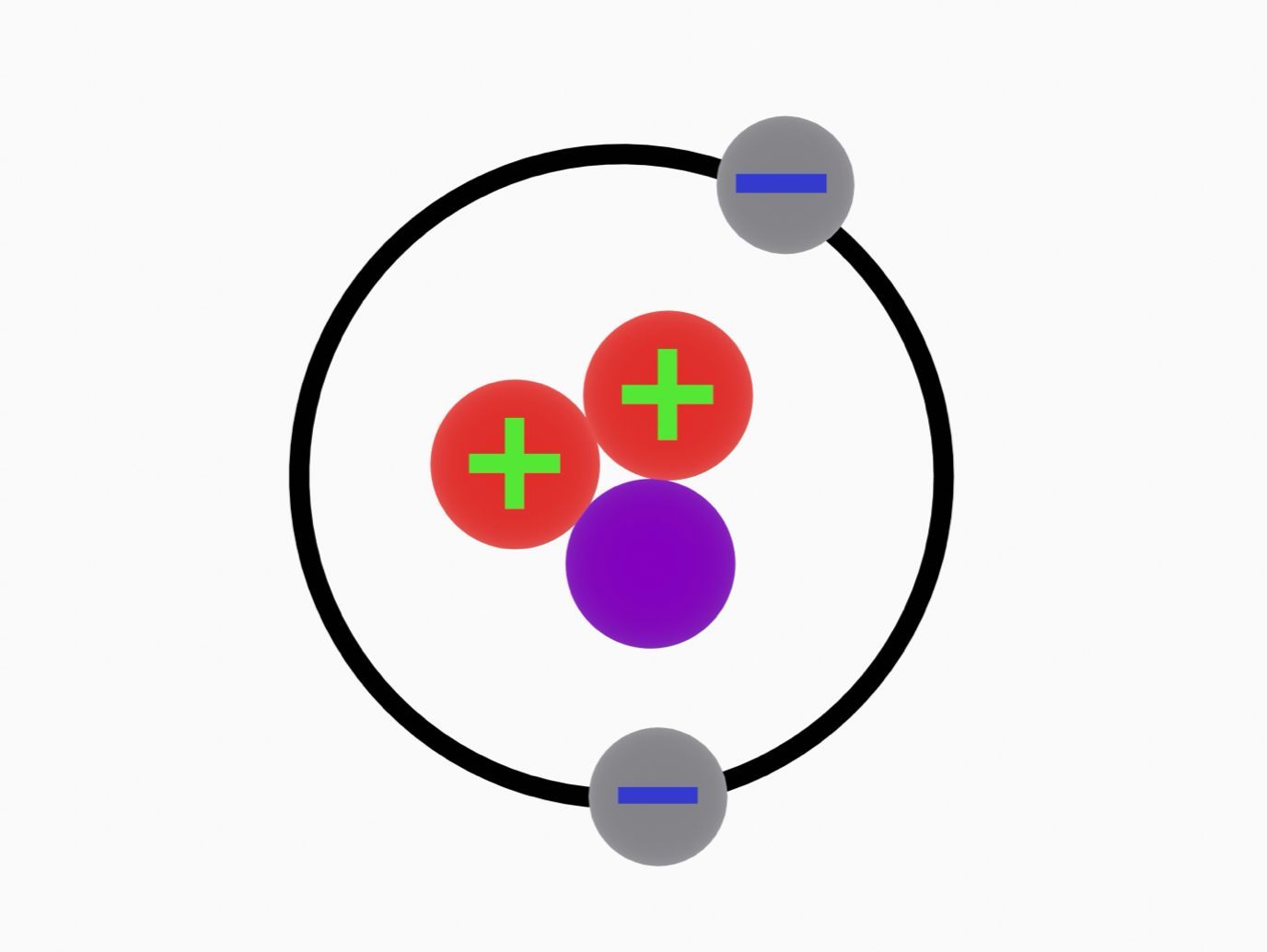
Helium-3 isotope (Adobe)
Startup Interlune announces plans to retrieve Helium-3 from lunar soil
While immediate plans to enter and benefit from the space industry may lie in rocket launches and meeting the growing demand for satellite technology, more entities are anticipating the expansion of the next whitespace in the space industry, the lunar economy. Attention was brought to this recently with the first successful commercial landing mission from Intuitive Machines (US).
Currently, the main customers supporting this economy are national agencies, namely NASA, who pay commercial partners for lunar services, such as under their Commercial Lunar Payloads Services (CLPS) programme.
Additionally, last year the US Defence Advanced Research Projects Agency (DARPA) announced a research plan to develop a scalable infrastructure on the Moon, with the vision of supporting a commercial lunar economy within 10 years. Under this plan DARPA have selected 14 companies to carry out research projects, such as Blue Origin’s “Blue Alchemist” technology to produce solar cells on the Moon, and Sierra Space’s project to extract oxygen from lunar soil.
A new avenue for expansion of lunar economy?
However, one US startup has this week received funding to develop plans to source customers away from only NASA, building on a vision to truly expand the new lunar economy. Interlune, founded by former Blue Origin employees, is aiming to harvest and return Helium-3 for earthbound purposes, an idea that is being developed by other startups such as Singapore-based Qosmosys (who gained a significant $100 million funding boost in October last year).
Interlune’s plan involves extracting Helium-3 from lunar regolith, and by 2030 to “start to operationalize and return quantities of helium-3 to support the markets on Earth,” according to founder Rob Meyerson. While mining the isotope for energy uses is not a new idea, it has also been questioned in regards to its immediate economic benefit. Helium-3 could be used in the process of producing fusion energy, and could provide Earth with a solution to meet its ever-increasing energy demands. However, fusion technology is in its early stages and was only recently successfully demonstrated (in producing surplus energy) by the Lawrence Livermore Laboratory in December 2022.
Yet Interlune claim that there can also be short-term benefits as well. Meyerson says that there is already considerable demand to use Helium-3 for superconducting quantum computing as well as for medical imaging. The company are working towards a demonstration launch in 2026, followed by a pilot plant by 2028.
Retrieving and utilising space resources may arrive sooner than we think. In the wake of growing interest in the Moon, and a lunar infrastructure under development, we may see a new wave of opportunities emerge in the new commercial age.
Share this article
External Links
This Week
News articles posted here are not property of ANASDA GmbH and belong to their respected owners. Postings here are external links only.





